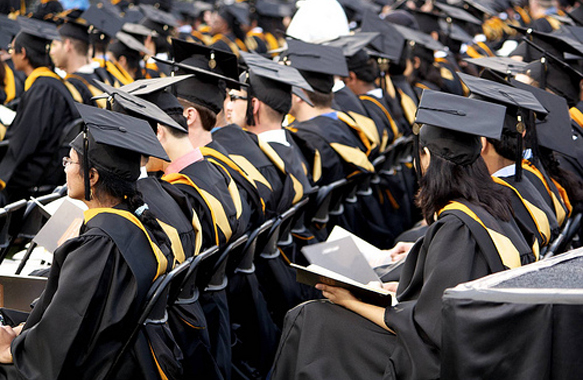By Avi Tuschman The Atlantic. February 28, 2014
In his State of the Union address, President Obama lamented how Washington “has been consumed by … rancorous argument,” which over the past year has prevented us “from carrying out even the most basic functions of our democracy.” The vast ideological chasm that separates politicians on the left from those on the right shows little sign of narrowing, and the midterm elections this fall promise to be extremely contentious. Most observers expect the environment will guarantee that Congress will achieve next to nothing between now and November. Why has political polarization in our country reached such dangerous levels?
A familiar explanation for our deepening partisan divide is Bill Bishop’s Big Sort hypothesis. He contends that over the past 40 years, Americans have been sorting themselves into communities where people increasingly live, think, and vote like their neighbors. In 1976, for example, just more than a quarter of Americans resided in counties where presidential candidates won the election by a margin of 20 percent or more; but by the year 2004, nearly half of Americans lived in these more politically homogeneous counties.
The dynamics that fuel the Big Sort accelerated in the second half of the 20th century, coinciding with a massive increase in education. Between 1960 and 2008, for instance, the proportion of women with bachelor’s degrees nearly quintupled. The dramatic rise in educational attainment has a couple of unexpected side effects. For one, research shows that higher education has a polarizing effect on people: Highly educated liberals become more liberal, while highly educated conservatives grow more conservative. Second, people with college degrees enjoy greater freedoms, including social and geographic mobility. During the 1980s and 1990s, 45 percent of college-educated Americans moved to a new state within five years of graduation, compared with only 19 percent of their counterparts who had only a high-school diploma.
Meanwhile, evolutionary forces are pulling these more mobile, like-minded individuals together, because our political orientations play a key role in our choice of a mate. In society as a whole, spouses tend to resemble one another—at least a bit more than they would if coupling occurred at random—on most biometric and social traits. These traits include everything from skin color to earlobe size to income to major personality dimensions like Extraversion. Most of these statistical relationships are quite weak. But one of the strongest of all correlations between spouses by far is between their political orientations (0.65, to be precise). Spouses tend to have similar attitudes on moral issues like school prayer and abortion not because they converge over time, but rather because “birds of a feather flock together.” Biologists call this assortative mating.
In the next 10 generations, the curve expanded only a bit more and then reached equilibrium. At this point, the percentage of political extremists in the population had increased from 4.5 to 11.2 percent, while moderates had dropped by 17 percent. In other words, the “birds of a feather” had bred a more polarized nation.
This slow dance of ideological assortment and reproduction is already underway on the ground, and it’s likely contributing to our unprecedented political polarization. When this fracturing began to accelerate in the 1980s, only a quarter of the electorate voted for a president and a legislator in different parties. By 2012 the proportion of voters who split their ballot had plummeted to 11 percent. And polarization of voting in the House of Representatives has now reached record levels, surpassing even 19th-century highs from the post-Civil War era.
The silver lining to these gloomy findings is that our ideological positions are not set in stone. Only about half of the variance in political orientations comes from genetic differences between individuals; the rest comes from the environment. So it’s certainly possible to transcend the attitudes that threaten to divide us. The first steps in doing so are to understand our political nature, develop realistic expectations about ideological diversity, and make a renewed commitment to pragmatism over ideology.
Avi Tuschman is the author of Our Political Nature: The Evolutionary Origins of What Divides Us. A former adviser to the president of Peru, he is based in Washington, D.C.












Leave A Comment